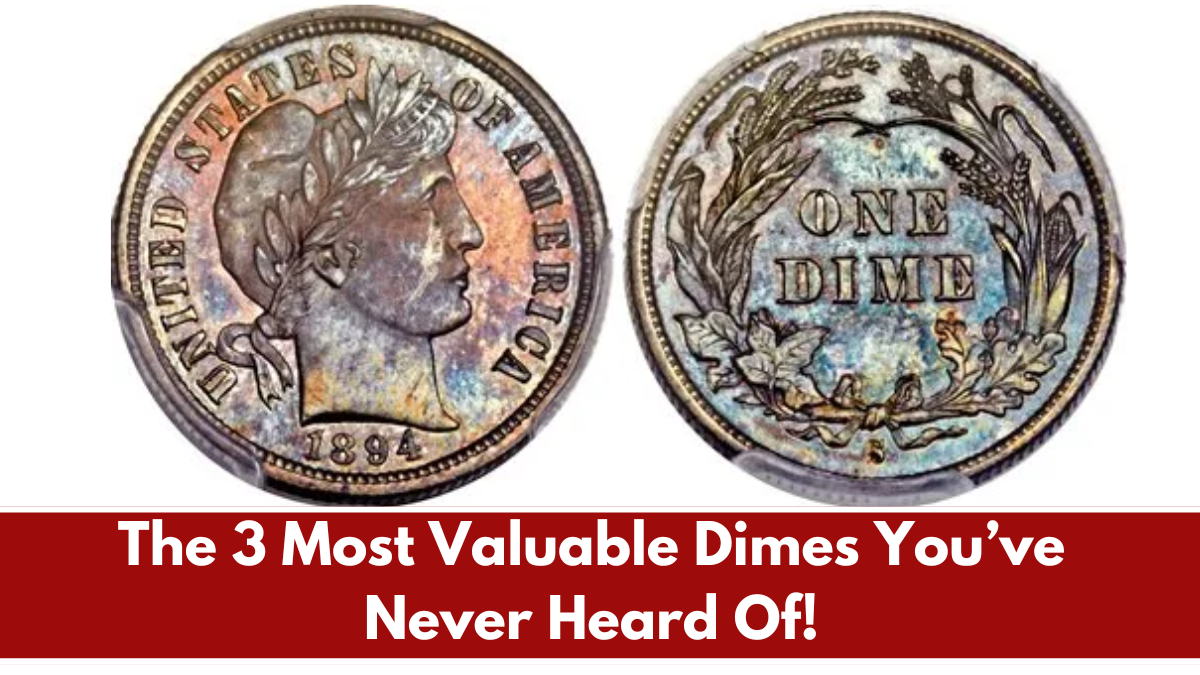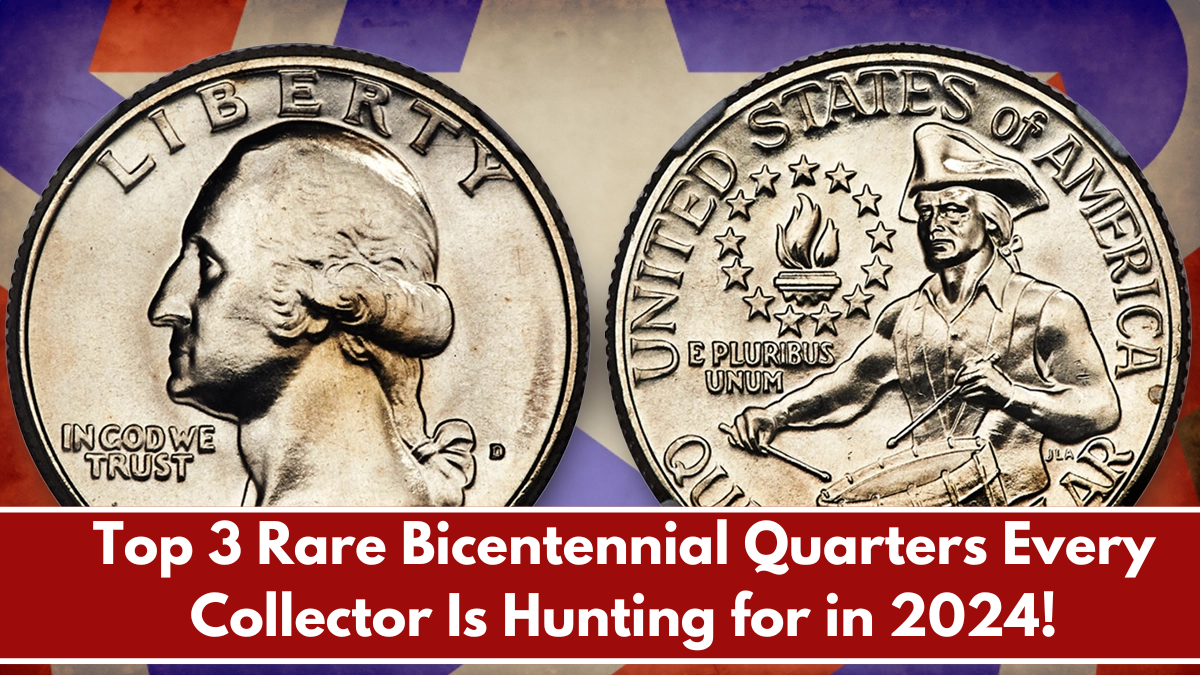Bicentennial quarters are some of the most recognizable U.S. coins, commemorating the 200th anniversary of American independence. Featuring a unique design with a colonial drummer on the reverse, these coins were minted in 1975 and 1976 and issued with the dual date “1776–1976.” While most are only worth their face value, a few have become highly valuable collector’s items due to errors, low mintages, or special compositions. Here, we reveal three Bicentennial quarters that could now fetch you a small fortune.
1. 1976-S Silver Proof Bicentennial Quarter
The 1976-S Silver Proof quarter is a collector’s favorite because of its 40% silver composition, distinguishing it from standard copper-nickel quarters. These coins were struck for special Proof and Mint Sets sold to collectors. While they were initially inexpensive, their value has steadily increased due to their silver content and limited production. High-grade examples of this coin, especially those graded PR70 by professional grading services, can sell for $40 to $60 or more.
2. 1976-D Double Die Obverse Bicentennial Quarter
The 1976-D Bicentennial quarter with a double die obverse is a rare error that collectors are eager to find. This type of error causes parts of the design—such as the date “1776–1976” or the inscriptions “In God We Trust”—to appear doubled, giving the coin a distinctive look. These coins are highly sought after, with auction prices ranging from $500 to $3,000, depending on the severity of the doubling and the coin’s condition.
3. 1976 No Mint Mark Bicentennial Quarter (Proof)
One of the most elusive Bicentennial quarters is the 1976 No Mint Mark Proof quarter. Proof coins are typically struck with great detail and a mirror-like finish, and those minted in San Francisco should carry an “S” mint mark. However, a few Proof Bicentennial quarters were accidentally struck without this mint mark. These coins are extremely rare and highly valued, with some fetching upwards of $15,000 at auctions.
The Bicentennial quarter is not just a nostalgic piece of American history—it can also be a hidden treasure. The 1976-S Silver Proof, 1976-D Double Die Obverse, and 1976 No Mint Mark Proof quarters are among the most valuable examples, offering a significant financial return for lucky finders. If you have a stash of old quarters, it’s worth inspecting them closely; you might just uncover one of these rare and valuable coins.
FAQ’s:
1. How can I tell if my Bicentennial quarter is made of silver?
Check the coin’s edge. Silver quarters lack the copper-colored stripe that standard quarters have.
2. What is a double die obverse error?
This occurs when the coin’s design is struck twice slightly off alignment, causing parts of the design to appear doubled.
3. How much is a 1976-S Silver Proof quarter worth?
It’s typically worth $40 to $60 in excellent condition, with higher-grade examples fetching more.
4. Why is the 1976 No Mint Mark Proof quarter so valuable?
Proof quarters from the San Francisco Mint should have an “S” mint mark. A missing mint mark indicates a rare error.
5. Where can I sell a rare Bicentennial quarter?
You can sell them at coin auctions, through certified coin dealers, or online platforms like eBay or Heritage Auctions.













